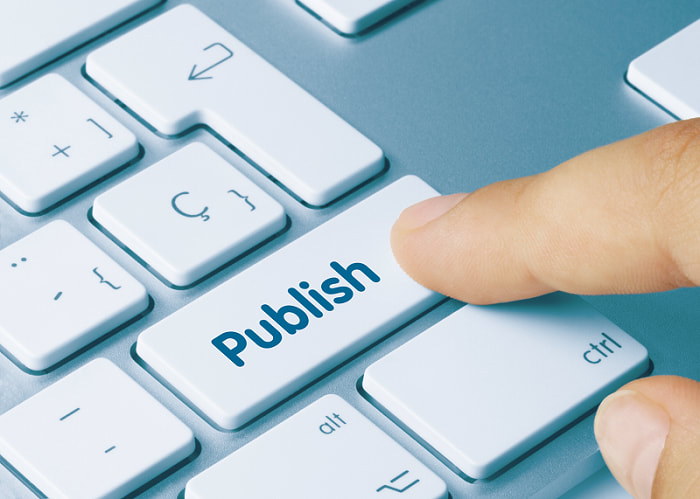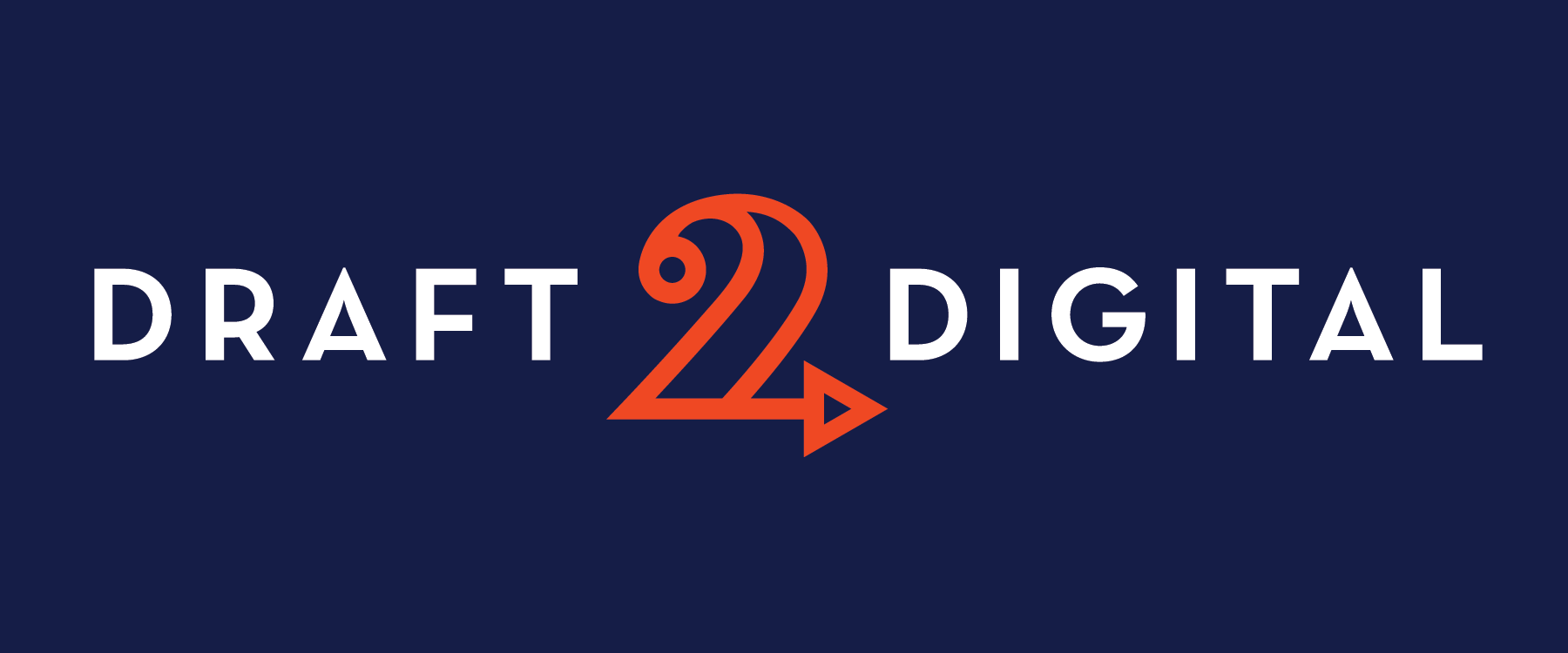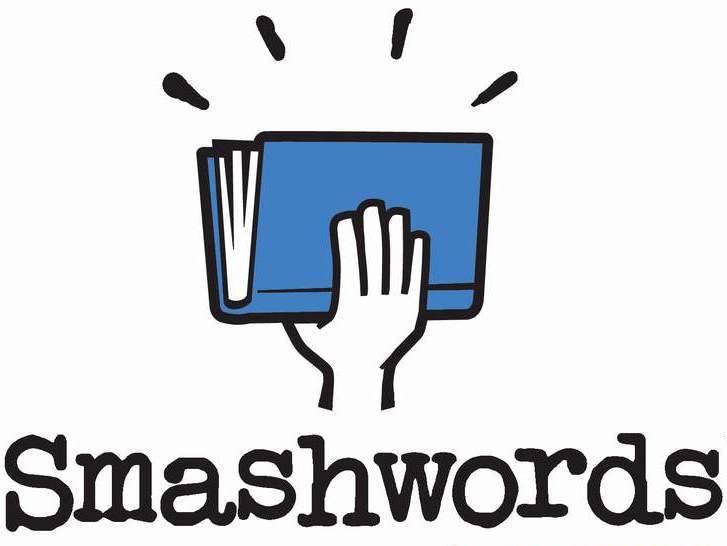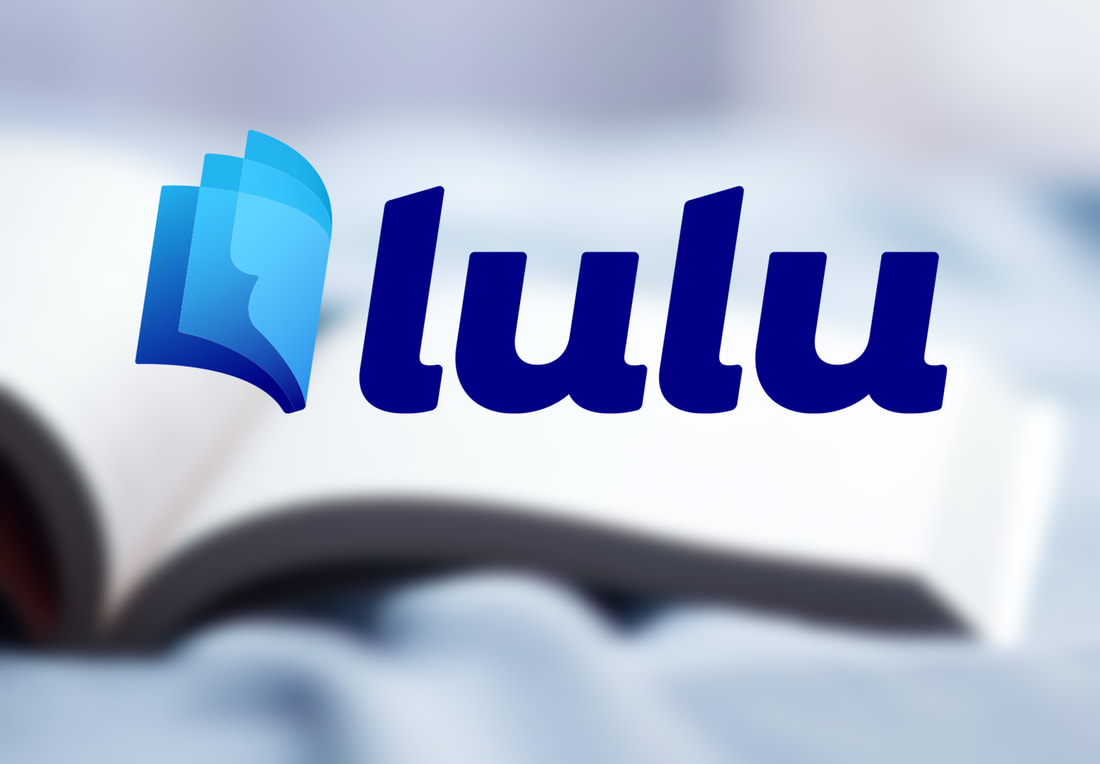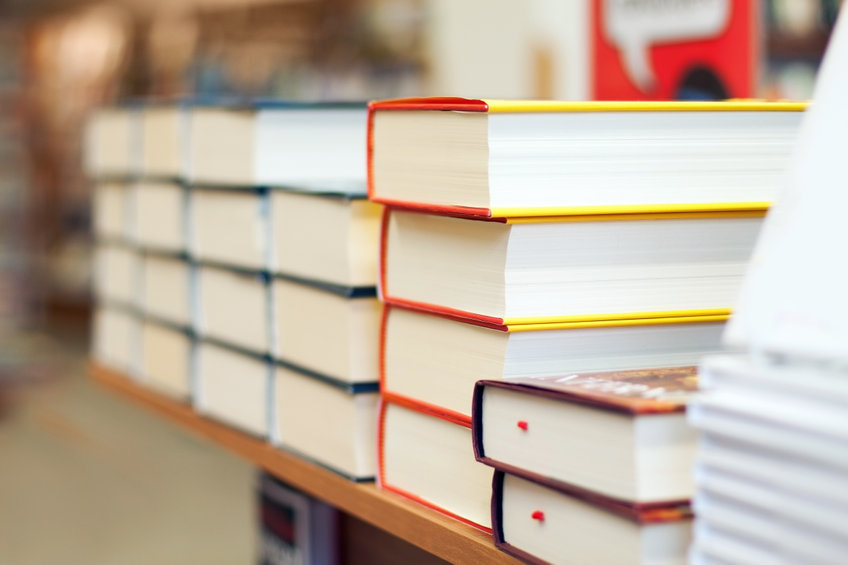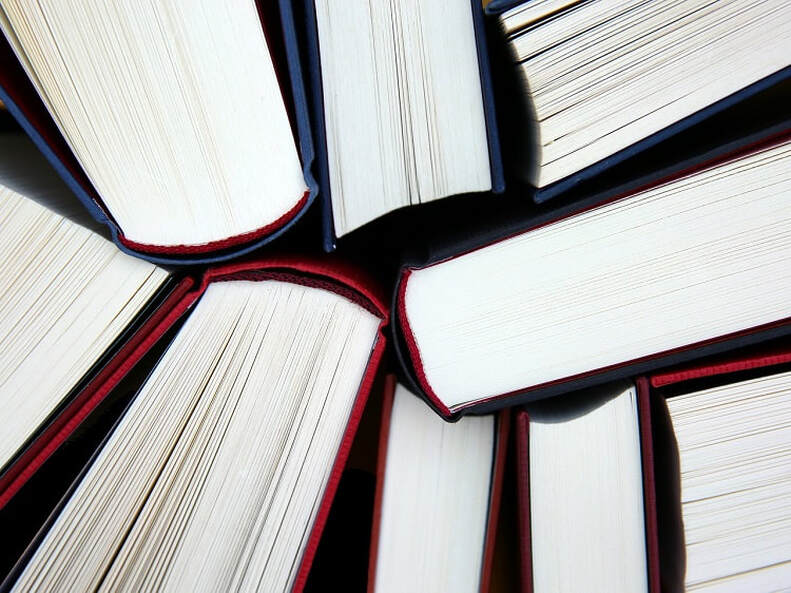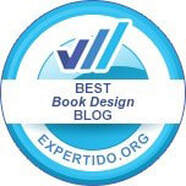|
As a self-publishing author, you will have seen many places to publish your book, the big hitters like KDP publishing and IngramSpark are the first that come to mind for many, but there are other options, and Kobo is one publishing service that you may not have considered.
So, who are Kobo Publishing? Kobo (which they took from being an anagram of the word book), is originally a Canadian company, started back in 2009, it was then acquired by Rakuten in 2012 and then purchased the eBook business from the bookstore Waterstones in 2016.
0 Comments
In the publishing world, Barnes & Noble is a big name that most people will have heard of, and at some point, visited one of their brick & mortar stores or browsed their website at least. But would you consider self publishing with them too?
Well, they have offered the service for self-publishing authors for many years now, and being one of the big players they have a huge customer base and distribution channels for publishing, so many authors have successfully launched their book using their service. One element that B&N shouts about to self publishing authors is their royalties, currently they offer up to 70% royalties on eBooks with their margin being 30%, and when you look at printed books, the royalties are 55%, the example B&N offer is as follows: If you are self-publishing, you will have certainly considered using the likes of KDP, IngramSpark or Lulu to print and distribute your book, but have you also considered Draft2Digital as an option for your book?
D2D are a print on demand company that have been in operation since 2012 and are based out of Oklahoma City, and like many of the other operators they distribute to the major channels you’d expect from a publishing service, channels such as: Amazon, Apple Books, Barens & Noble, Kobo, Tolino, OverDrive, Bibliotheca, Scribe, Baker & Taylor, Hoopla, Vivlio and BorrowBox. Smashwords was founded back in 2008 by Mark Coker, after failing to publish his own book, he wanted to create a platform which would give indie authors more control (and freedom) when it came to getting their own work published. Since then Smashwords has grown from just a handful of authors to hundreds of thousands of authors, it’s even had some of its titles go on to become New York Times and USA Today best sellers, not bad.
If you’re a self-publishing author, or about to become one, you will have no doubt looked at the big players in print on demand publishing, and one of these is Lulu. So, who are they? Well, founded by Bob Young in 2002, Lulu is an online print-on-demand, distribution and self-publishing service, currently based in North Carolina. They have published millions of titles and offer authors a wide range of formats for their books.
Lulu offer several services to authors: Out of the vast array of publishers for indie authors, Ingramspark is one of the key players that you will (or should) have heard of. Ingramspark is owned by Lightning Source (a company with operations in the US, UK, Europe, and Australia) and was started back in 2013, since then Ingramspark has published well over 7 million books and currently has over 4,000 new books added to it daily, so, it’s safe to say that it’s big within the self-publishing world.
And when we say big, we mean big, Ingramspark currently has the largest distribution of books in the US, they distribute to over 40,000 retailers and libraries globally along with making your book available to Amazon, Kobo, and B&N, so you could reach a very wide audience using their services. So, what does it cost to use Ingramspark? For many authors Ingram Spark is their first choice when considering a print on demand service, their finished product always tends to be high quality and they offer very expansive distribution of author’s books. Each time we receive a completed book from Ingram we’re always impressed with how it’s been finished (especially when you compare it to some of the other more popular POD providers).
The design and exporting process however is a little different to many other publishers, but it’s still pretty straightforward all the same, the main things that you’ll need to consider is in using one of their excellent templates and ensuring that the ink levels are adjusted to meet their stands of 240%. Following on from last week’s post on publishing eBooks, this week we continue with the spotlight on the more traditional printed book. Here we have a list of five of the most popular self-publishing services that offer indie authors a route to publication in paperback (and in some cases hardback too). One - KDP
KDP – Top of the list in terms of popularity, Amazon’s Kindle Direct Publishing allows you to sell both your eBook and paperback to Amazon, if you select their Expanded distribution then it opens your book up to other distributers and makes it available to buy in many other locations (although, many bookstores tend to purchase books from other locations to KDP’s higher margins for them). KDP is free to use and offers royalties of up to 70%, they offer their own free ISBN for books, but you should really consider buying your own (if you want to be taken seriously within by the publishing industry). If you’re getting a book ready for publication you will have definitely heard the term ‘Trim Size’, this comes from the process of printing and actually creating the book itself, your book being printed on large sheets of paper which are folded, bound and then trimmed to the appropriate size.
And this leads on to a very good (and often asked) question, what should the trim size of my book be? Well, it depends, there are some rules as to what the industry expects certain genres and topics to be printed as, but in these days of self-publishing those rules aren’t followed as much as they once were. |
JD&JCategories
All
Archives
March 2024
All information within this website (including its blog) is published in good faith and for general information purposes only. JD&J Design LLC does not make any warranties about the reliability and accuracy of this information. Any action you take upon the information in this website is strictly at your own risk. JD&J Design LLC is not liable for any losses and/or damages in connection with the use of this site and information.
|
Services |
Support |

